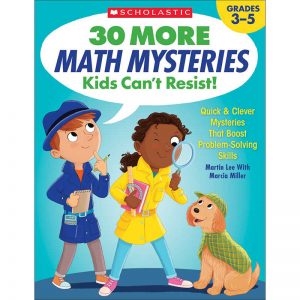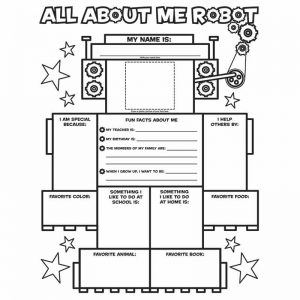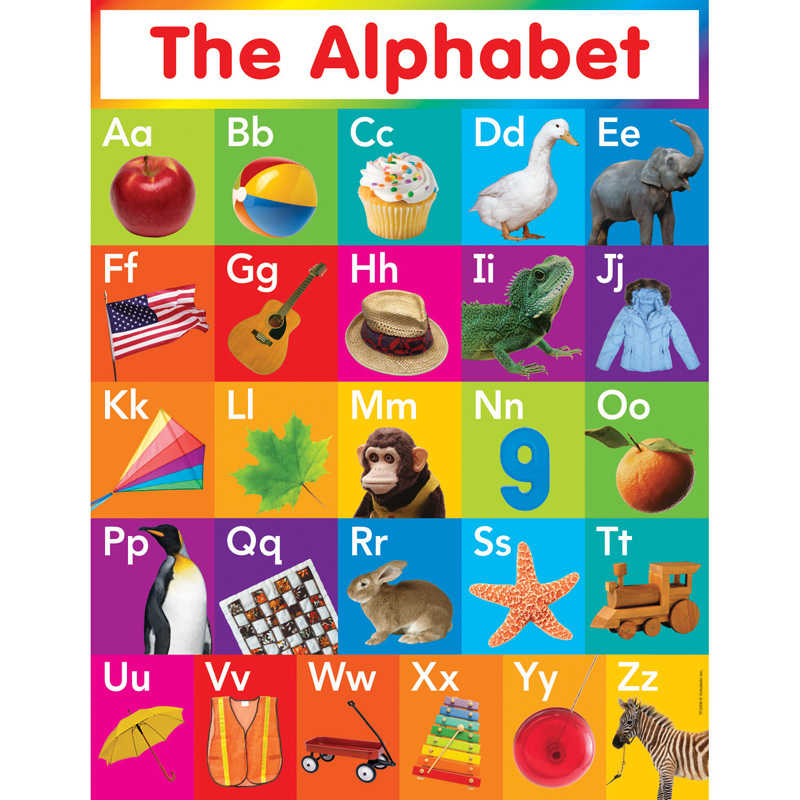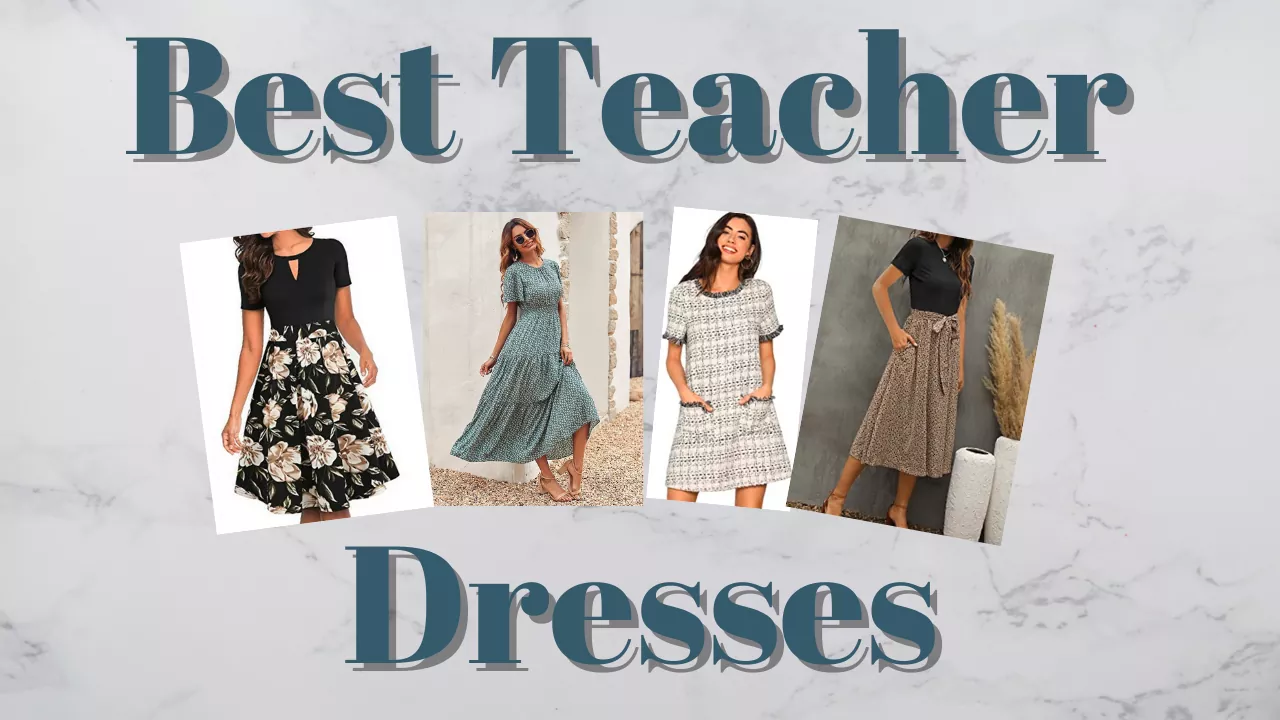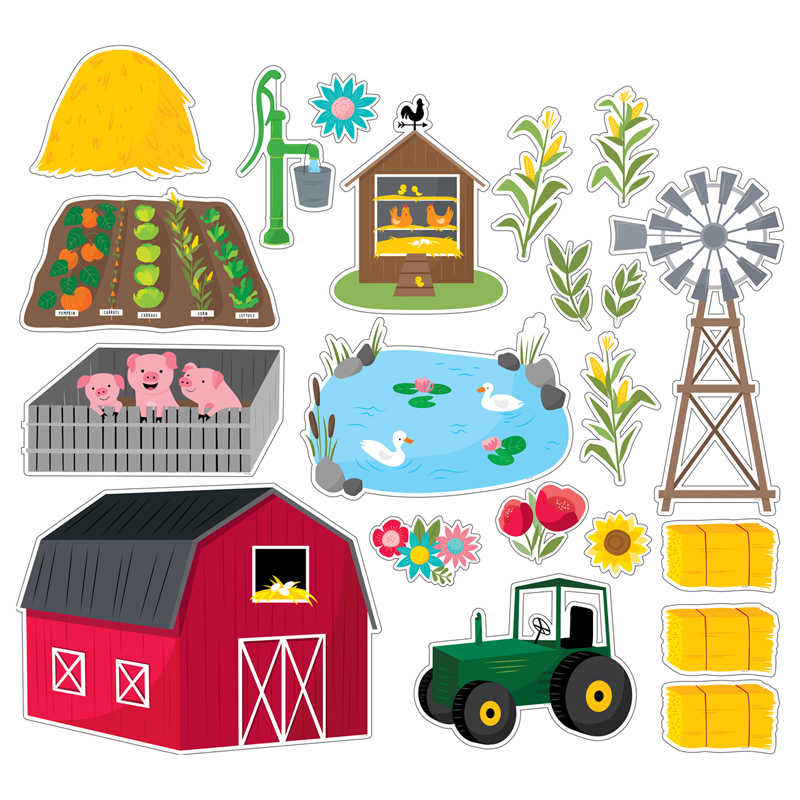Candidates, Campaigns & Elections
Introduction
Advertisers, sports announcers, and radio disc jockeys know that Americans love contests! Once every four years, our nation engages in the most important, hard-fought, hotly debated contest that a democracy ever holds—the presidential election. Yet only about half of the eligible voters actually take part in the contest by casting their vote for one of the candidates. And voter turnout is even lower during off-year elections when only local, state, and Congressional representatives are running for office.
Through the activities in Candidates, Campaigns & Elections, you can help students become active in the American political process. This book offers ideas to get students thinking, writing, and speaking about elections. They’ll learn that elections are more than annoying sound bites and commercials on television. Elections are about real candidates and important issues. They’re also about the process of campaigning, about using the media, and building support. By studying this process and engaging in it themselves, students will become more educated, informed citizens, able to play a part in our democratic system.
WORKSHEET & Sample PDF Activity
Sample PDF Activity
The pages that follow contain activities, games, information, handouts, and literature tie-ins for students of different ability levels and different learning styles. Students will learn the chronology of an election, the tricks to writing a good campaign speech, and some ways to analyze a speech for propaganda. They’ll follow a candidate throughout an election, report on his or her campaign, and participate in a mock election.
Candidates, Campaigns & Elections is a flexible resource. You can pick and choose from the information and activities that you feel are the most appropriate for your class. Enjoy!
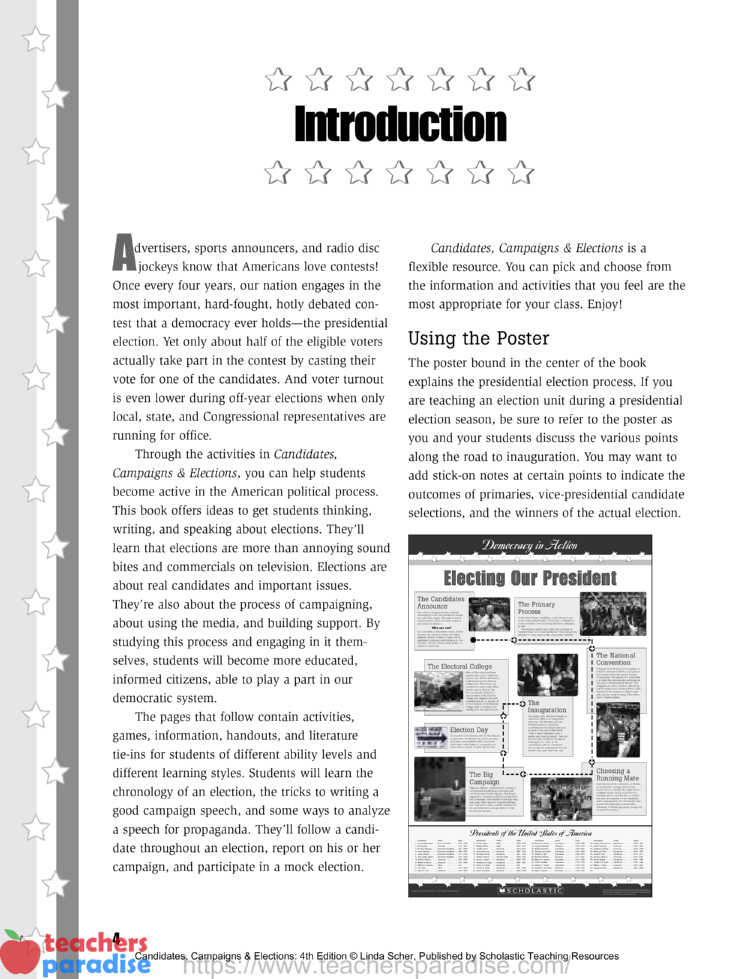
Using the Poster
The poster bound in the center of the book explains the presidential election process. If you are teaching an election unit during a presidential election season, be sure to refer to the poster as you and your students discuss the various points along the road to inauguration. You may want to add stick-on notes at certain points to indicate the outcomes of primaries, vice-presidential candidate selections, and the winners of the actual election.
Election Basics
What makes America work? In our more than 200-year-old democracy our success as a nation has much to do with the process by which we select our leaders. While in some countries today, the changing of leaders still takes place with civil unrest, this process has been a peaceful one in the United States since George Washington first took office. From the town meetings of New England to the mayoral and council meetings that heat up boroughs, parishes, and counties across America, we choose our leaders by voting and we do it in a sometimes intense but almost always peaceful and orderly way.
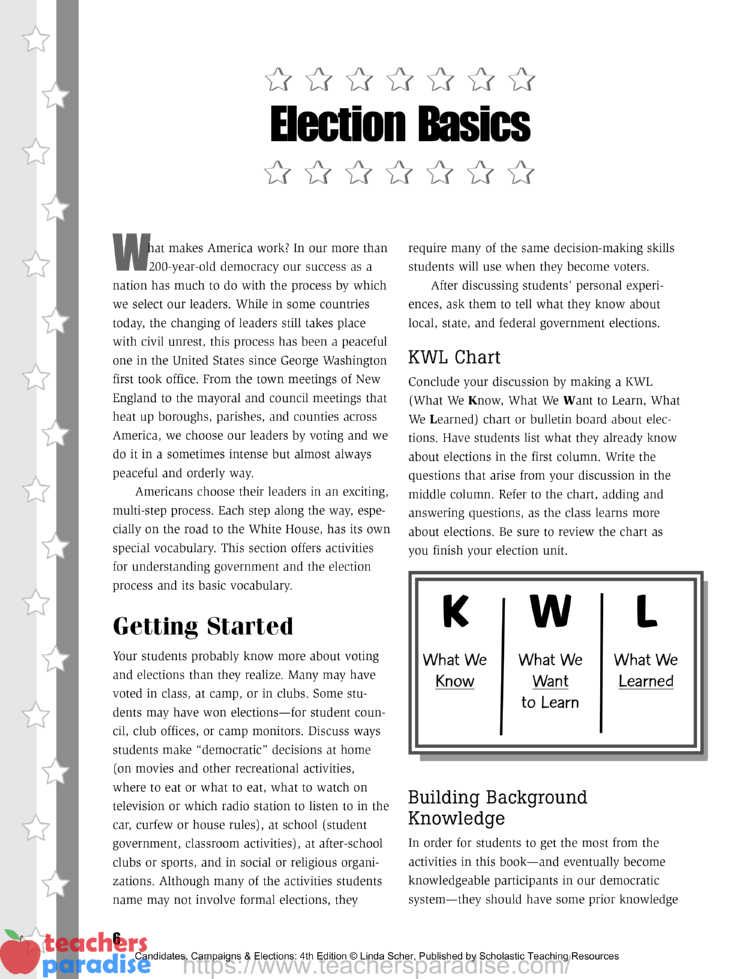
Americans choose their leaders in an exciting, multi-step process. Each step along the way, especially on the road to the White House, has its own special vocabulary. This section offers activities for understanding government and the election process and its basic vocabulary
Getting Started
Your students probably know more about voting and elections than they realize. Many may have voted in class, at camp, or in clubs. Some students may have won elections—for student council, club offices, or camp monitors. Discuss ways students make “democratic” decisions at home (on movies and other recreational activities, where to eat or what to eat, what to watch on television or which radio station to listen to in the car, curfew or house rules), at school (student government, classroom activities), at after-school clubs or sports, and in social or religious organizations. Although many of the activities students name may not involve formal elections, they require many of the same decision-making skills students will use when they become voters. After discussing students’ personal experiences, ask them to tell what they know about local, state, and federal government elections.
KWL Chart
Conclude your discussion by making a KWL (What We Know, What We Want to Learn, What We Learned) chart or bulletin board about elections. Have students list what they already know about elections in the first column. Write the questions that arise from your discussion in the middle column. Refer to the chart, adding and answering questions, as the class learns more about elections. Be sure to review the chart as you finish your election unit.
Building Background Knowledge
In order for students to get the most from the activities in this book—and eventually become knowledgeable participants in our democratic system—they should have some prior knowledge about our government. This process (see diagram above) will help students create some helpful common prior knowledge, and it will also put greater responsibility for learning on students themselves.
Divide the class into five groups of about equal size. Label the groups A, B, C, D, and E. Tell students these groups are their “home” groups. Within each home group, assign each member a number. For example, if you divide a class of 25 students into 5 groups, each group will have members 1, 2, 3, 4, and 5. Explain to students that they will work in different groups to become experts on one kind of government, such as local or state, or one branch of the federal government (executive, judicial, and legislative). Have all the students who have been assigned the number 1 work on becoming experts on local government, all those assigned number 2 become experts on state government, and so on, until all students are working in an expert group. After they’ve become experts, they will return to their home groups and share what they’ve learned.
Give each expert group a copy of Activity Page 36. Have students use books, magazines, newspapers, and the Internet to gather as much information as they can to answer the questions. They can also call or e-mail local government offices to find the answers to questions. Students should be prepared to share what they have learned with their groups both orally and visually using charts or posters they have prepared.
Words in the News
Have students brainstorm terms that they associate with the election process. (See the Election Terms below and the Glossary on page 39 at the end of the reproducible My Election Journal.) Make a master list of terms on the board. Write each term students have chosen on a large sheet of poster paper and hang them around the classroom. Have students bring in news articles using these terms and post them under the appropriate headings. Before posting their articles, students should underline key terms and summarize their articles for the class. Encourage students to use context clues to discover the meaning of the terms. Discuss the terms as a class so you are sure that students understand the meanings.
Election Terms
ballot: a printed or electronic form used in voting direct mail: mass mailings sent by candidates and political parties to selected voters asking for support and money
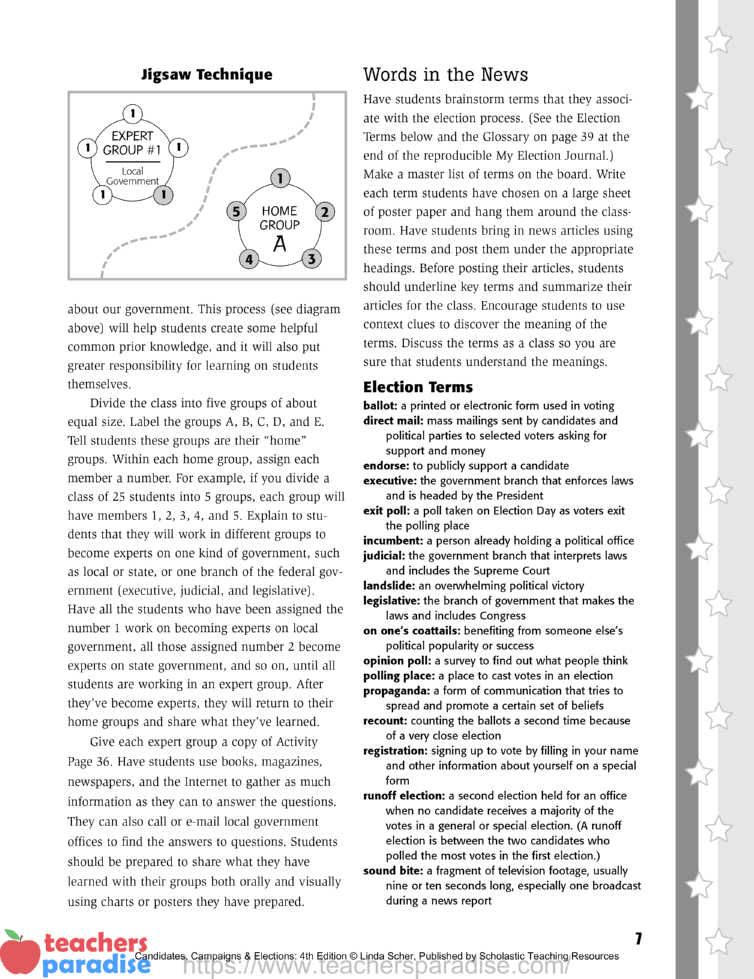
endorse: to publicly support a candidate
executive: the government branch that enforces laws and is headed by the President
exit poll: a poll taken on Election Day as voters exit the polling place
incumbent: a person already holding a political office
judicial: the government branch that interprets laws and includes the Supreme Court landslide: an overwhelming political victory
legislative: the branch of government that makes the laws and includes Congress
on one’s coattails: benefiting from someone else’s political popularity or success
opinion poll: a survey to find out what people think
polling place: a place to cast votes in an election
propaganda: a form of communication that tries to spread and promote a certain set of beliefs
recount: counting the ballots a second time because of a very close election
registration: signing up to vote by filling in your name and other information about yourself on a special form
runoff election: a second election held for an office when no candidate receives a majority of the votes in a general or special election. (A runoff election is between the two candidates who polled the most votes in the first election.)
sound bite: a fragment of television footage, usually nine or ten seconds long, especially one broadcast during a news report
Political “Jeopardy”
Invite students to play a game of Political “Jeopardy” using the vocabulary terms they pick up during their election study. To play, divide the class into small groups. Have each group make up a series of answers to questions that use students’ vocabulary terms.
For example:
ANSWER: Democratic Party
QUESTION: What is the name of a political party?
ANSWER: Elephant
QUESTION: What is the symbol of the Republican Party?
ANSWER: Denver
QUESTION: What is the location of the 2008
Democratic National Convention?
Since some answers may fit more than one question, you can be the final judge of correct answers.
Electionary
Play a game of Electionary using the cards on Activity Pages 37 and 38. Students can cut out the cards, color the backs, and then fold and tape the cards. (You may want to laminate them before use.) This game takes four players and all cards are dealt. Play goes in a circle with the first player pointing to a card in the hand of the person to his or her right. The player holding the card reads aloud the definition of the term on the card. If the player who has pointed to the card names the term correctly, he or she receives the card, which is placed to his or her side. If the player does not name the term correctly, he or she does not get the card. Play then continues clockwise around the circle with the next player pointing to a card in the hand of the person to his or her right. When a player has no cards, he or she is out of the game. The person with the most cards after four rounds of play wins. The game is more challenging if a timer is set before play begins and each round of play is completed within a specified time.
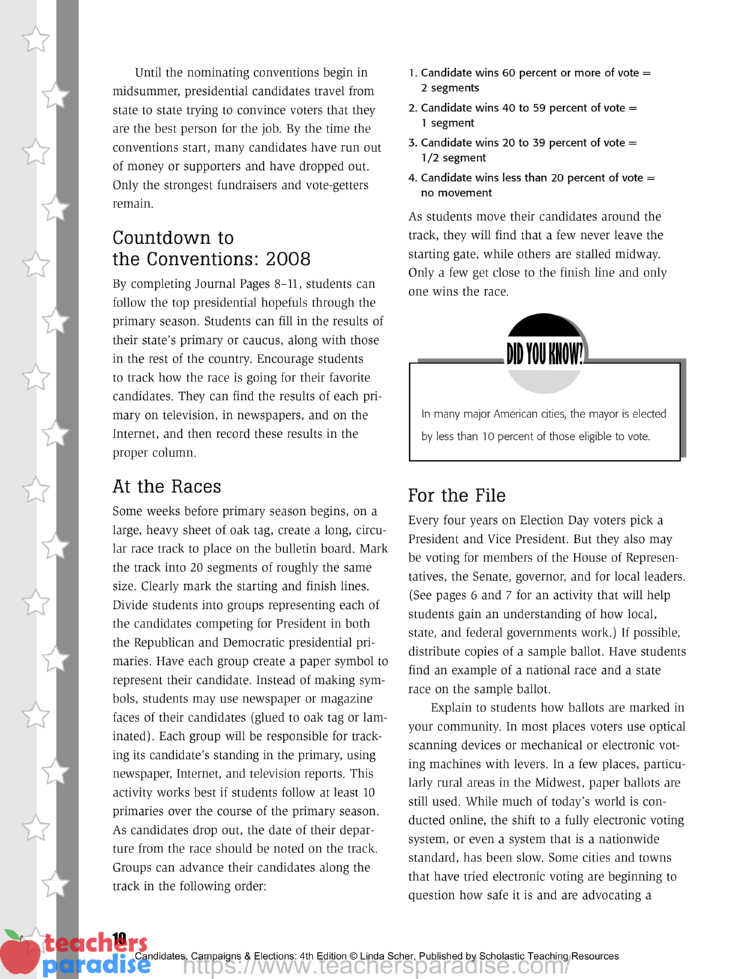
An Overview of the Electoral Process
Keeping Track With My Election Journal
The reproducible journal on Activity Pages 39–54 provides an interactive way for students to keep track of the events of the presidential campaign and election. They’ll record information about the candidates, results of the primaries and caucuses, their thoughts about different stages in the election process, and more. You will find references to specific journal pages in several of the activities throughout this book.
First, to create a booklet, copy the 16 pages back to back, stack them in order, fold the stack in half, and staple the pages together at the fold. Hand out the journals and ask students to preview the pages to help them keep in mind the kind of information they’ll need to look out for during their election study. Have students fill in pages Journal Pages 1–6, doing research as necessary, to access and/or build more background knowledge.
Finally, tap into students’ creativity by encouraging them to paste in pictures found in magazines or newspapers, draw their own pictures, or color the illustrations throughout the book. As they fill in the pages, they will be creating a wonderful record of this presidential election.
A “Work in Progress”
If you are teaching an election unit during a presidential election year, this activity can become a “work in progress.” Have students begin a mural or collage for the classroom illustrating each of the stages in the electoral process. Students should use original drawings as well as pictures from magazines, newspaper headlines, campaign banners, and bumper stickers to make their mural. Working in groups, students can illustrate a different section of the mural:
- Candidates announce
- Candidates campaign in Republican and Democratic primaries
- Major parties hold conventions
- Third party activities, if any
- Party nominees for President on the campaign trail
- Election Day
- And the winner is . . .
- Inauguration
Since some parts of the mural can be completed before others, this can be a work in progress with some groups planning their parts of the mural while others have already completed theirs. By inauguration time, your work in progress will be a classroom masterpiece!
It’s Primary
Every race begins with the candidate’s announcement that he or she is planning to run for office. In the race for President, candidates usually make their announcement at least one year and sometimes two years before Election Day. As candidates announce their intention to run for President, students can record the names on Journal Page 7.
The primary elections are the races that narrow the field. In these elections voters decide who their party’s candidates will be. Many states have primaries in which all eligible voters can participate. Candidates who hope to win the race for President must enter primaries to win their party’s nomination. Most presidential primaries take place between January and June of a presidential election year. Some of the earliest contests are in Iowa and New Hampshire. A big win in an early primary can help increase a candidate’s momentum in raising funds and gaining the support of other elected officials in their political party.
The day in March when more state primaries are held than on any other day has been known as Super Tuesday since the 1980s. Beginning with the 2004 election year, however, the concept of Super Tuesday has been in flux. More states have been pushing up the dates of their contests. As this happens, there has been some concern that this kind of front-loading may have some negative effects. More is sure to be revealed over the course of this election year. This is a topic you can follow closely with your class.
Often, a candidate is an incumbent, or a person running for office who already holds that office. When that happens, members of the incumbent’s own party are not as likely to put up a challenge. In most elections, the incumbent has an advantage. In elections where there is an incumbent trying for a second term as President, this person usually receives the political party’s support and nomination.
In the 2008 election, there is no incumbent. Usually, as in this case, candidates from both parties have members of their own party challenging each other for the nomination. There are also usually two sets of primaries—one for Democrats and one for Republicans. A voter can cast a ballot in one primary or the other, but not in both. In primary elections candidates from the same party also compete for the chance to run for the Senate and the House of Representatives as well as for state and local offices.
Until the nominating conventions begin in midsummer, presidential candidates travel from state to state trying to convince voters that they are the best person for the job. By the time the conventions start, many candidates have run out of money or supporters and have dropped out. Only the strongest fundraisers and vote-getters remain.
Countdown to the Conventions: 2008
By completing Journal Pages 8–11, students can follow the top presidential hopefuls through the primary season. Students can fill in the results of their state’s primary or caucus, along with those in the rest of the country. Encourage students to track how the race is going for their favorite candidates. They can find the results of each primary on television, in newspapers, and on the Internet, and then record these results in the proper column.
At the Races
Some weeks before primary season begins, on a large, heavy sheet of oak tag, create a long, circular race track to place on the bulletin board. Mark the track into 20 segments of roughly the same size. Clearly mark the starting and finish lines. Divide students into groups representing each of the candidates competing for President in both the Republican and Democratic presidential primaries. Have each group create a paper symbol to represent their candidate. Instead of making symbols, students may use newspaper or magazine faces of their candidates (glued to oak tag or laminated). Each group will be responsible for tracking its candidate’s standing in the primary, using newspaper, Internet, and television reports. This activity works best if students follow at least 10 primaries over the course of the primary season. As candidates drop out, the date of their departure from the race should be noted on the track. Groups can advance their candidates along the track in the following order:
- Candidate wins 60 percent or more of vote = 2 segments
- Candidate wins 40 to 59 percent of vote = 1 segment
- Candidate wins 20 to 39 percent of vote = 1/2 segment
- Candidate wins less than 20 percent of vote = no movement
As students move their candidates around the track, they will find that a few never leave the starting gate, while others are stalled midway. Only a few get close to the finish line and only one wins the race.
Table of Contents
Introduction – 4
Using the Poster – 4
Resources – 5
Election Basics – 6
Getting Started – 6
KWL Chart – 6
Building Background Knowledge – 6
Words in the News – 7
Political “Jeopardy” – 8
Electionary – 8
An Overview of the Electoral Process – 8
Keeping Track With My Election Journal – 8
A “Work in Progress” – 8
It’s Primary – 9
Countdown to the Conventions: 2008 – 10
At the Races – 10
For the File – 10
Electoral College – 11
A Bit of Election History – 12
The Top Ten – 13
Winner Takes All – 13
Registration and Voting – 14
A Registration Simulation – 14
Get Out the Vote Posters – 15
Literature Link
Vote! by Eileen Christelow – 16
Using the Media to Teach
About Elections – 17
Analyzing Print Media: Newspapers,
Magazines, and Direct Mail – 17
Election News Scavenger Hunt – 17
Election Scrapbook – 18
Analyzing an Election News Article – 18
Comparing Headlines – 18
Headline Collage – 19
Write Your Own Headline – 19
Help Wanted: Outstanding Leaders – 19
Speaking Up and Speaking Out – 19
Making Your Voice Heard: Letters to the Editor – 19
Politics in Your Mailbox – 20
Analyzing Electronic Media: Television – 20
Creating a Media Log – 20
Comparing Television News – 21
Be Ad Smart – 21
The Art of Propaganda: You Can’t Fool Me! – 21
Lights, Camera, Action – 22
The Incumbent Advantage – 22
Analyzing Electronic Media: Internet – 22
An Important Resource – 23
An Increasing Impact – 23
Key Web Sites – 24
Making Graphs and Taking Polls – 24
Graph It – 24
Using a Graph to Predict Voter Turnout – 25
Polls and Pollsters – 25
Analyzing a Poll – 25
Literature Link
The Kid Who Ran for President by Dan Gutman 26
Election Fever – 27
Understanding Political Parties – 27
Design a Party Symbol – 27
It’s Party Time – 28
Balancing the Ticket – 28
And They’re Off – 29
Day by Day – 29
Money, Money, Money – 29
On the Road With the Candidates – 30
Analyzing Campaign Speeches – 30
Step by Step to Good Speech Making – 30
Classroom Campaigns and Elections – 31
Campaign Simulation – 31
Election Simulation – 31
Literature Link
Girl Reporter Rocks Polls! by Linda Ellerbee – 33
Election Wrap-Up – 34
Election Night: Tracking the Election – 34
Concluding Activity – 35
Wrapping Up the Journal – 35
REPRODUCIBLE ACTIVITY PAGES – 36
POSTER – bound in center

